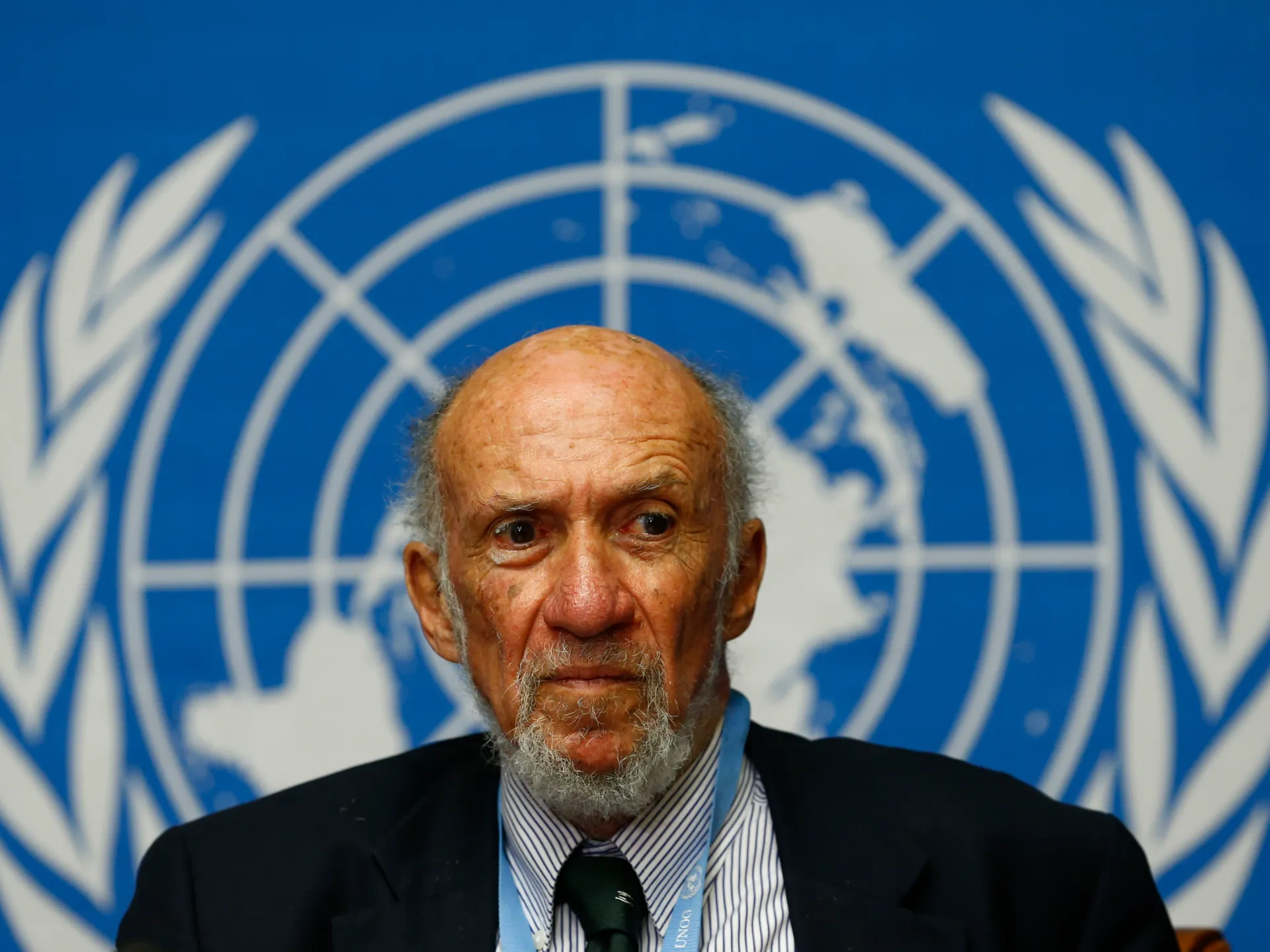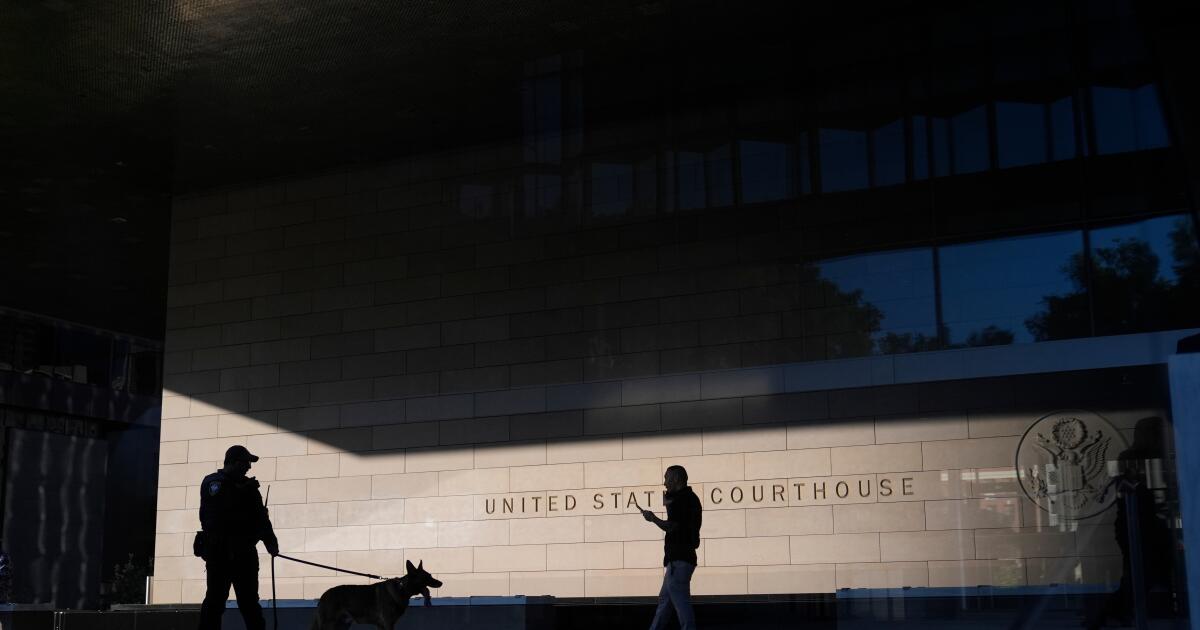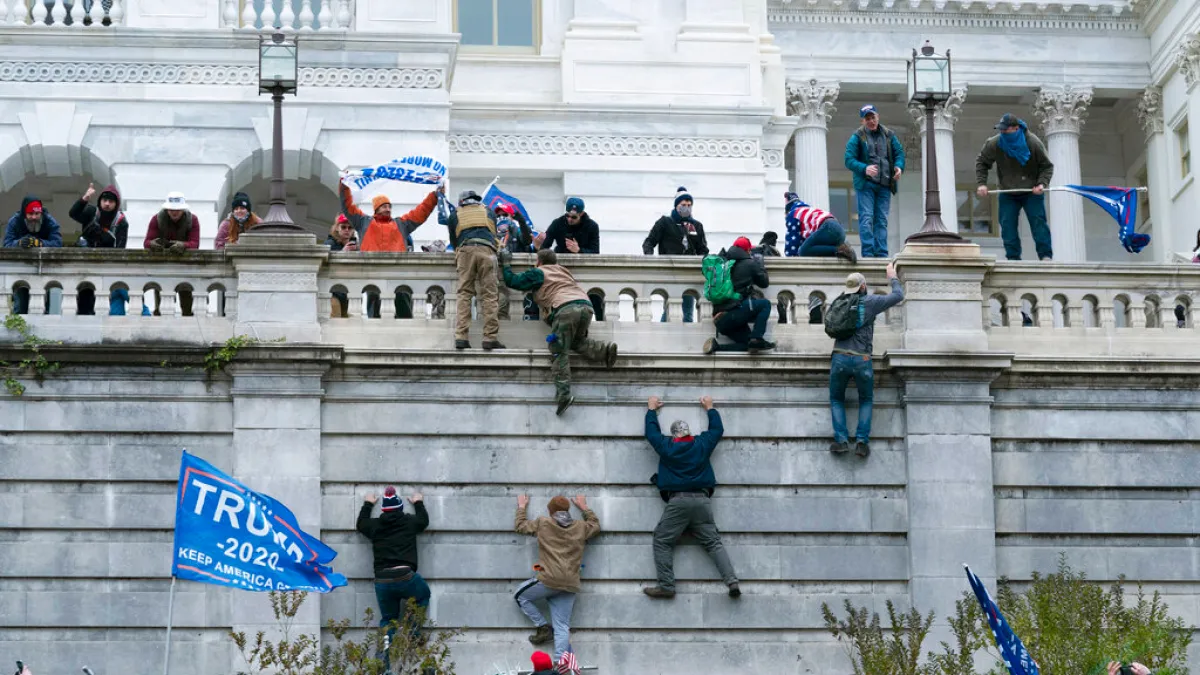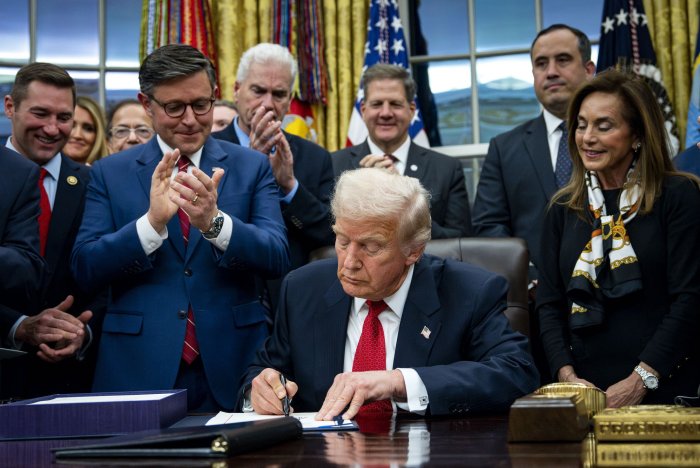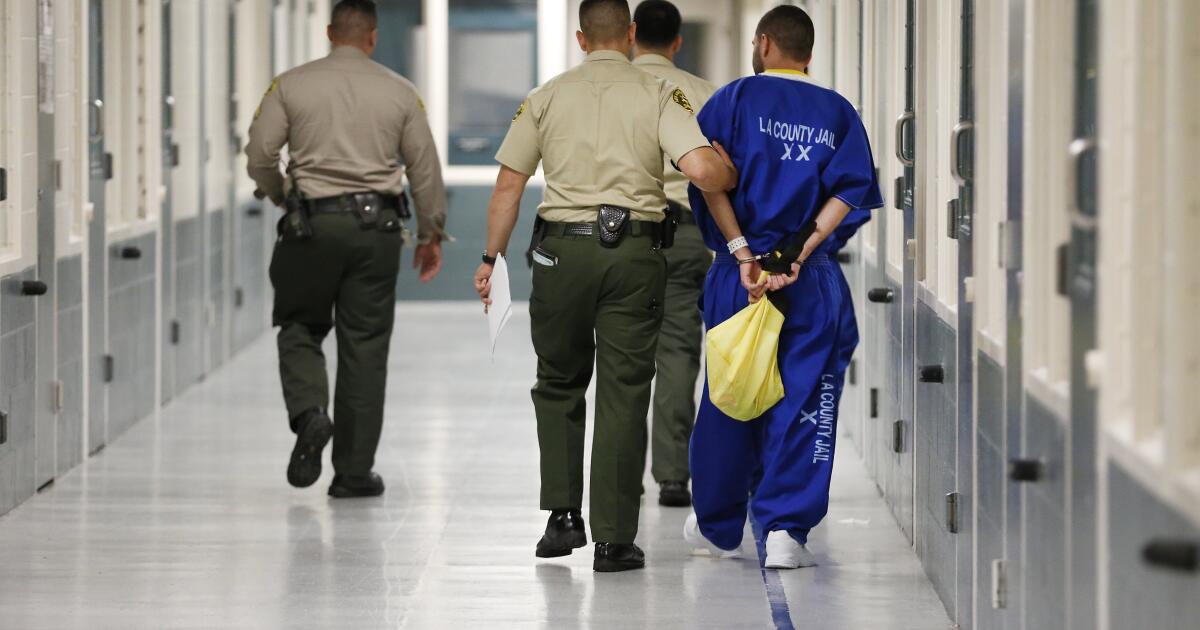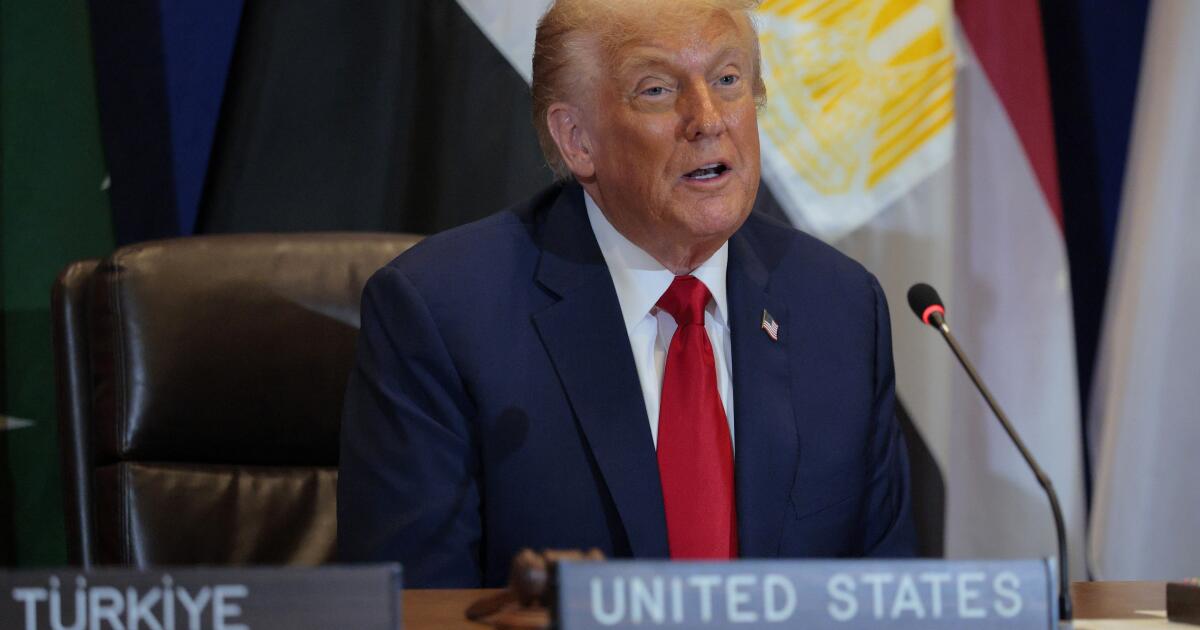An indictment unveiled this week charging Gov. Gavin Newsom’s former chief of staff with political corruption threw California’s top political circles into chaos — and stirred speculation in the state capital about what triggered the federal investigation.
Authorities have not revealed any targets beyond Dana Williamson and two other influential political operatives associated with the state’s most powerful Democrats, all of whom are accused of fraud and siphoning campaign funds for personal use.
But details contained in the indictment and other public records indicate that the FBI and U.S. Department of Justice had a keen interest in Williamson and other operatives’ involvement in the handling of a legal case involving “Corporation 1.” The facts revealed about “Corporation 1” match details of a controversial sex discrimination investigation that the state of California led into one of the world’s largest video game companies, Santa-Monica based Activision Blizzard Inc.
Williamson — an influential deal-maker and one of the state’s premier Democratic political consultants before and after she ran Newsom’s office — was arrested on corruption charges Wednesday. Two longtime associates, lobbyist Greg Campbell, a former high-level staffer in the California Assembly, and Sean McCluskie, a longtime aide to former state Atty. Gen. and U.S. Health and Human Services Secretary Xavier Becerra, have agreed to plead guilty to related charges.
After Williamson pleaded not guilty in a tearful court appearance Wednesday, her attorney, McGregor Scott, said that federal authorities had charged his client only after first approaching her to seek help with a probe they were conducting into Newsom, the nature of which remains unclear. Williamson declined to cooperate.
The governor has not been accused of any wrongdoing. Still, Republicans already are using the indictments to attack Newsom, who has openly said he is considering a run for president in 2028.
Williamson’s attorney did not offer any specifics on what federal officials may have been investigating.
But numerous threads in the indictment echo details in the Activision saga.
Williamson and Campbell both worked as advisors to Activision Blizzard, according to financial disclosures on file with the state. Williamson reported receiving income from the company prior to her appointment in Newsom’s office, state records show. According to records first filed earlier this year, Campbell disclosed that his lobbying firm started being paid by Activision around the time Williamson joined the governor’s office. Activision reported paying $240,000 to his firm in 2023 and 2024. The amount Williamson was paid from Activision was not disclosed.
Activision officials did not respond to emails requesting comment. Lawyers for Williamson, Campbell and McCluskie also did not respond or declined to comment.
The state’s Department of Fair Employment and Housing in 2021 sued Activision Blizzard, which distributes video games such as “Call of Duty” and “Candy Crush,” alleging that company officials discriminated against women, paid them less than men and ignored reports of egregious sexual harassment.
The complaint alleged that the company: “fostered a pervasive “frat boy” workplace culture that continues to thrive. In the office, women are subjected to “cube crawls” in which male employees drink copious amounts of alcohol as they “crawl” their way through various cubicles in the office and often engage in inappropriate behavior toward female employees. Male employees proudly come into work hungover, play video games for long periods of time during work while delegating their responsibilities to female employees, engage in banter about their sexual encounters, talk openly about female bodies, and joke about rape.”
Activision officials denied the allegations.
The allegations also were investigated by the federal Equal Employment Opportunity Commission. Activision Blizzard agreed to a consent decree, approved in March 2022, with the agency that required the company to set up an $18-million fund for employees who experienced sexual harassment or discrimination, pregnancy discrimination or retaliation.
Just weeks later, the case drew national attention again when the lawyer overseeing the case for the state’s Department of Fair Employment and Housing, Janet Wipper, was fired by the Newsom administration, and her chief deputy resigned and alleged that she was doing so to protest interference of Newsom’s office in the investigation.
“The Office of the Governor repeatedly demanded advance notice of litigation strategy and of next steps in the litigation,” the deputy, Melanie Proctor, wrote to her colleagues. “As we continued to win in state court, this interference increased, mimicking the interests of Activision’s counsel.”
A member of Activision’s board of directors contributed $40,200 for Newsom’s 2018 gubernatorial campaign, and an additional $100,000 to a committee opposing the 2021 recall campaign against Newsom — an effort that failed.
Newsom’s office denied it was meddling. “Claims of interference by our office are categorically false,” Erin Mellon, Newsom’s then-communications director said at the time.
As case continued to grind through Los Angeles Superior Court, the company stepped up its lobbying presence in Sacramento, according to disclosures filed with the state. Documents show Activision began paying Campbell starting in late 2022 to lobby on its behalf.
Around this time, Newsom announced that he was hiring Williamson to be his chief of staff.
In December 2023 the state announced it had reached a settlement agreement with Activision for $54 million, with the bulk of the funds going to compensate women who had been underpaid. The company did not admit any wrongdoing.
The FBI has made inquires about the Activision settlement, though the focus of the inquiry is unclear. When reached last week, Calabasas attorney Alan Goldstein, who handled a sexual harassment suit against Activision, said he received call from an FBI agent looking to probe California’s settlement — but that he couldn’t recall a “substantive conversation.”
Federal investigators were also looking at how Campbell, Williamson and another Sacramento political consultant, Alexis Podesta, conducted their affairs. In unveiling their charges this week, the U.S. Attorney’s office said the investigation began more than three years ago. All three consultants were members of the Sacramento-based Collaborative, a cooperative of top Democratic political operatives.
Podesta from 2017 to 2020 served as secretary of the California Business, Consumer Services and Housing Agency, which included the state’s Department of Fair Employment and Housing — the agency that launched the investigation of Activision in 2018.
Williamson received a federal subpoena for information about her handling of a government loan her business had received during the pandemic, according to details in the indictment. The indictment accused Williamson of spending vast sums on luxury items — including a Gucci bag, Chanel earrings and a $150,000 Mexican birthday vacation and party, plus yacht rental and private jet travel — and then claimed them as business expenses on her taxes.
She and Campbell had also allegedly conspired with McCluskie to siphon money from Becerra’s dormant campaign account to pay McCuskie’s wife for a fake, “no-show” job working for Williamson. When Williamson went to work for Newsom, the indictment alleges, Podesta took over handling the pass through payments.
By June 2024, someone in the circle was cooperating with federal investigators and wearing a wire, recording Williamson’s private conversations, according to transcripts included in the indictment.
On Nov.14, 2024, according to the indictment, FBI agents interviewed Williamson, questioning her about the Becerra campaign funds and about the pandemic funds.
Investigators also asked her about her actions “while serving in public office to influence the litigation involving the State of California and a former client –Corporation 1,” according to the indictment. The indictment doesn’t identify Corporation 1., but details match the Activision litigation. The indictment notes that Corporation 1 was Williamson’s former client and that it was involved in settlement discussions over a lawsuit with the state in 2023. It also references a state lawyer who had been fired in connection with the litigation.
Williamson, according to the indictment, told the FBI she did not pass any inside information to Campbell or other associates outside the government. But based on their recorded conversations, the indictment said, investigators believed that was not true.
They alleged that in January 2023, Williamson, shortly after starting as Newsom’s chief of staff, revealed to Podesta that she had “told a high level government attorney to … get [the case] settled.”
The indictment notes that “Corporation 1” was not only Williamson’s former client, but also now Podesta’s current client.
In June 2024, Williamson complained to Podesta that someone had submitted a California Public Records Act request seeking information about meetings and communications between Newsom officials and the company, according to the indictment.
Proctor, the state attorney who resigned in 2022 and had alleged that the Newsom administration was meddling in the Activision case, posted on her Bluesky social media account in July that she had submitted a public records request on May 29, 2024. She also posted the response from Newsom’s office, showing a meeting in January 2024 in the governor’s office between Williamson, Podesta, and Robert Kotick, the former Chief Executive of Activision.
In their June conversation, according to the indictment, Williamson told Podesta “I just wanted to alert you to the PRAS that we’re starting to get,” the indictment stated. (PRAs refer to public records requests.)
“Yeah. Ugh. F— her. They really don’t know who they are messing with,” Podesta responded.
“They really don’t,” Williamson said.
Podesta, who is identified in the indictment as “Co-Conspirator 2” was not charged. On Thursday she sent a message to numerous associates offering her take on the situation.
“While I cannot discuss the details of the ongoing investigation, I want to state plainly that I have always conducted myself –and my business–with integrity.” She also said that she continued to “cooperate fully with federal authorities.”
On Friday afternoon, McCluskie and Campbell appeared in federal court in Sacramento to be arraigned on conspiracy charges in back-to-back proceedings.
Both men had previously reached plea agreements with prosecutors, and will be back in court to enter those pleas, Mcluskie in late November and Campbell in early December.
Prosecutors did not seek detention for either man, but they were ordered to surrender their passports and avoid associating with other co-conspirators.
In brief remarks to reporters, Campbell’s attorney, Todd Pickles, said that his client “takes full accountability for his actions” and would “in appropriate time further discuss the charges.” But, Pickles noted, those charges “do not include Mr. Campbell engaging in advocacy or lobbying on behalf of any client.”
Times staff writers Katie King and Melody Gutierrez contributed to this report.




